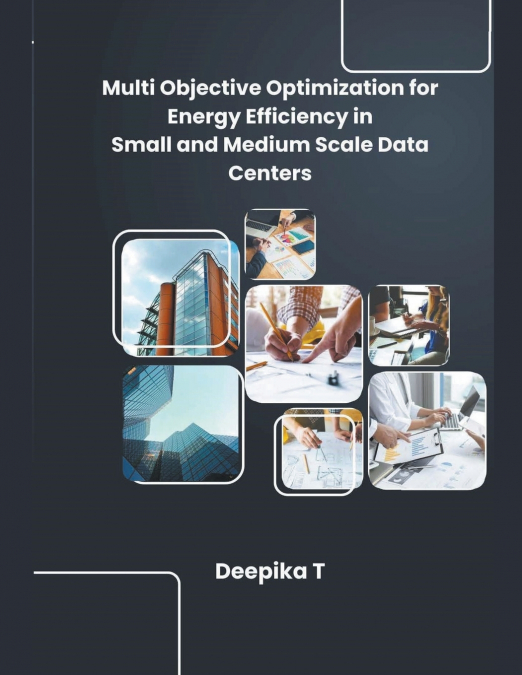
Deepika T
The relentless ascent of the cloud computing paradigm has garnered focused attention in the framework of industry 4.0. Nowadays, Cloud computing services are being used by 70% of business organizations, except 10% more organizations contrived to utilize it. As a result, 4000 data centers are the estimated need over the next decade to accompany 400 million servers. In 2013, the projected energy utilization of United States data centers was 91 billion kWh of electricity, equivalent to a yearly yield of 34 huge (500-megawatt) coal-fired power plants, sufficient to provide electricity to all households in New York City for two years. Consequently, in the next few years, this is expected to escalate to approximately 140 billion kilowatts per hour; it emits almost 150 million carbon emission metrics annually. Specifically, Amazon expends nearly half its administration financial plan to control and cool the server farms. Additionally, excessive power utilization increases system temperature and escalates every 10◦C tends to double the failure rate of electronic devices. The data center’s power utilization will foresee (3- 13)% of worldwide electricity usage in 2030. The worldwide power utilization of the Hyper-Scale Data Centers (HSDCs) is 5%, while the Small and Medium-Scale Data Centers (SMSDCs) consumed the rest of the 95%. The U.S established nearly 5.17 million servers (40%) in SMSDCs. In recent days, the SMSDCs furnished with high computing utilities tend to influence server power utilization. Therefore, this calls for identifying the monitoring and control measures to curtail power utilization and minimize the carbon footprint in SMSDCs. A cloud data center is associated with a group of connected Physical Machines (PMs) or hosts used by organizations for network processing, remote storage, and access to enormous data. The data centers are the backbone of the cloud environments. The virtualization technique plays a significant role in the data centers - facilitates sharing resources among customers through Virtual Machines (VMs). The IaaS layer uses virtualization technology to create VMs, consolidate work-loads, and facilitate the delivery of computational resources to end-users. The industry 4.0 environment encompasses the extensive growth of big data applications and the pervasive Internet of Things technology. Data centers are central to the current modern industrial business world. Therefore, almost 80 % of business organizations are contriving to transform to cloud computing technology, promising to enhance the business functionality. Extensive enhancements in the SMSDC infrastructure comprise a diverse set of connected devices that disseminate resources to the end users.